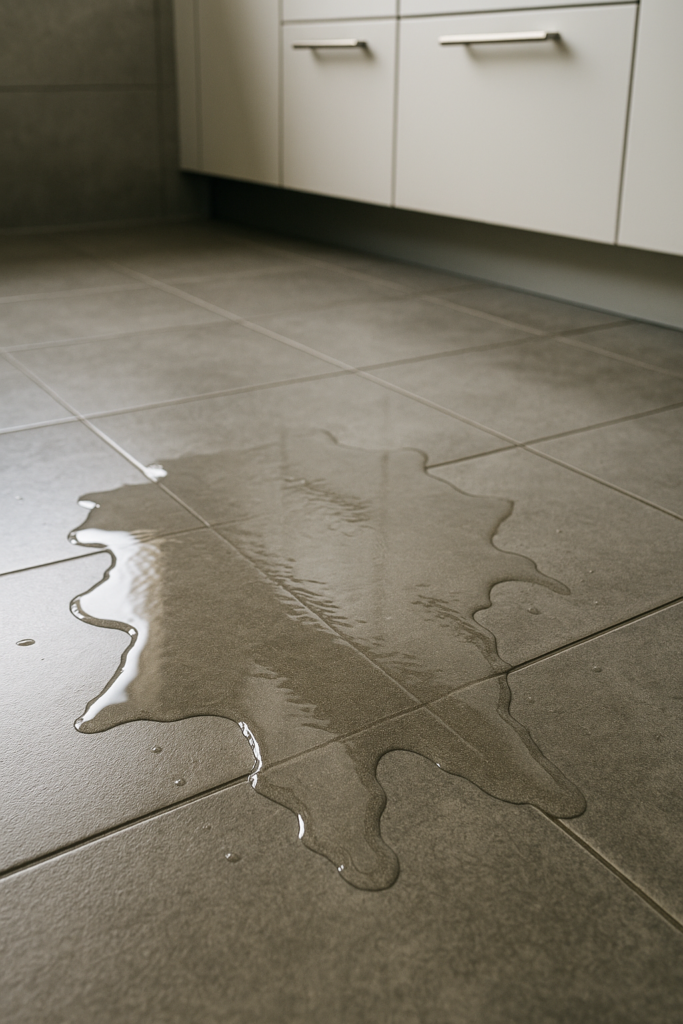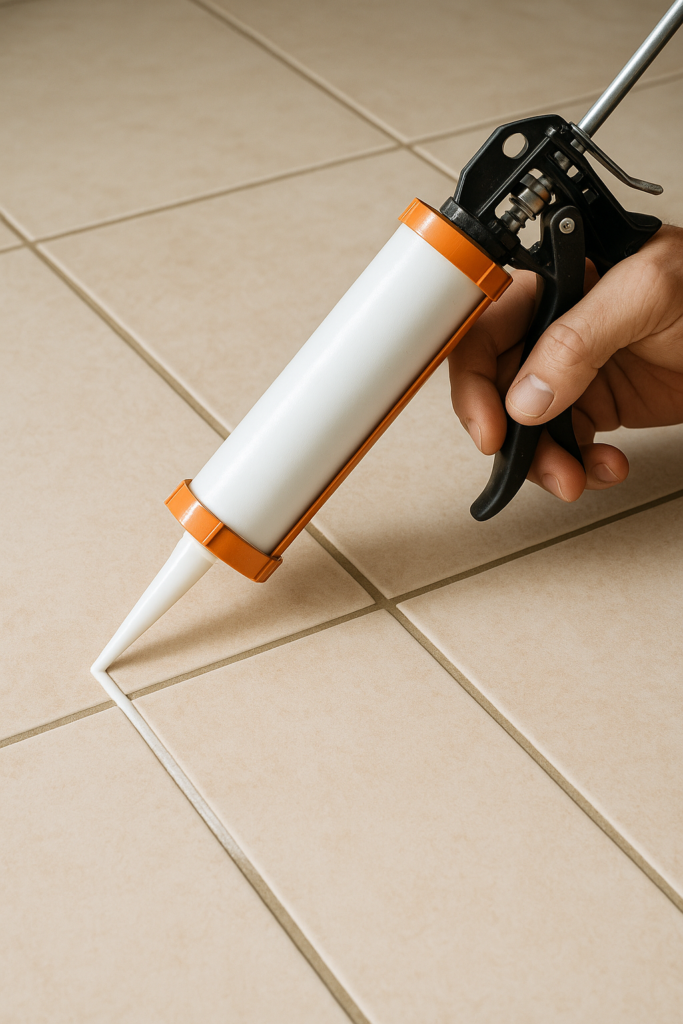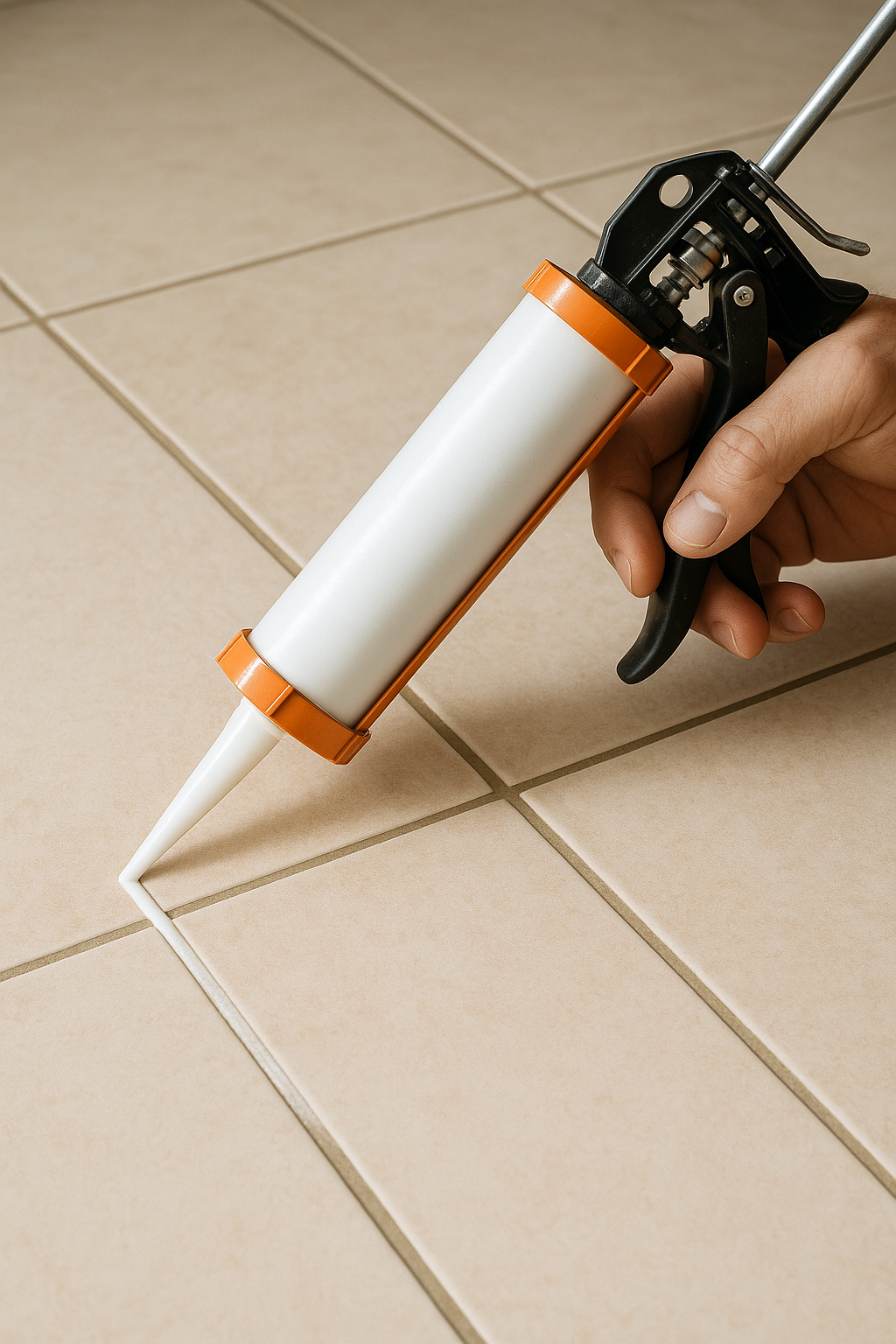Introduction
Homeowners and contractors often make expensive mistakes when selecting tiles because they ignore one crucial factor – water absorption. While most people pay close attention to design, colour, and finish, they often fall prey to popular myths about tiles. These misconceptions lead to wrong choices and result in costly repairs or replacements later.
If you are planning to renovate your home or workplace with tiles, it is important to know the facts before you decide. This article clears up common myths around tiles and water absorption so that you can choose the right tiles for long-lasting results.

Myth 1: All Tiles Are Waterproof
Many assume that tiles are completely waterproof and can be used directly in wet areas like bathrooms, kitchens, and swimming pools. The truth is that tiles are water-resistant to varying degrees, but they are not fully waterproof.
Water absorption depends on the tile’s porosity. Tiles with low porosity absorb less water, but even then, they cannot replace a proper waterproofing system. For complete protection, you need the right base layers, membranes, and sealed joints. Tiles act as the finishing surface, not the waterproofing solution itself.
For wet areas, it is better to use tiles with less than 0.5% water absorption, such as porcelain tiles. Along with good installation and sealed grout, these provide excellent resistance against moisture.
Myth 2: Glazed Tiles Don’t Absorb Water
Another common belief is that glazed tiles do not absorb water at all. The glazing process gives tiles a smooth, shiny surface, which does reduce water penetration, but it does not make them completely non-absorbent.
Water can still seep in through microscopic cracks, edges, or thermal expansion. Relying only on glazing for protection can lead to problems later. The right approach is to check the absorption rating of the tile and ensure proper installation with sealed edges.
Myth 3: Thicker Tiles Have Lower Water Absorption
Tile thickness has no direct connection to water absorption. What really matters is the density of the material and the firing temperature during manufacturing. For example, a thin porcelain tile may absorb far less water than a thick ceramic tile.
Instead of judging tiles by thickness, always look at their technical specifications and certified absorption ratings. Thickness should be considered for strength and installation needs, not for water resistance.
Water Absorption Classifications (ANSI Standards)
| Type | Absorption Rate | Suitable For |
|---|---|---|
| Impervious | Less than 0.5% | Swimming pools, exteriors, bathrooms |
| Vitreous | 0.5% – 3% | Kitchens, bathrooms |
| Semi-Vitreous | 3% – 7% | Indoor spaces with low moisture |
| Non-Vitreous | More than 7% | Dry areas only (walls, decorative use) |
Myth 4: Water Absorption Matters Only in Bathrooms
Many people think that absorption rates only matter for bathroom tiles. This is not true. Water absorption affects tile performance everywhere.
Kitchen floors face spills and steam, while entryways deal with rainwater and mud. Even indoor spaces can suffer from moisture or humidity if ventilation is poor. Choosing tiles with the right absorption rating ensures durability and reduces maintenance across all areas, not just bathrooms.
Myth 5: Sealing Makes Any Tile Waterproof
Sealers are often marketed as a solution to water absorption. While sealing does reduce water penetration, it cannot change the natural absorption property of the tile. Moreover, sealers wear off and need to be reapplied regularly.
At best, sealers should be seen as an additional layer of protection. They should not be the main defence against water. For lasting results, select tiles with naturally low absorption rates.
Myth 6: Water Absorption Only Affects Longevity
Some believe that absorption levels only impact how long tiles last. In reality, they affect day-to-day performance as well.
Tiles with high absorption tend to stain more easily and require extra cleaning. They may also develop colour patches, efflorescence, or lose their shine over time. This not only reduces the life of the tile but also affects its appearance and increases maintenance costs.
If you want tiles that remain beautiful and easy to maintain, go for impervious or vitreous tiles.
Conclusion
Choosing the right tile involves more than just looks. Water absorption is a key factor that directly affects durability, maintenance, and overall performance. By separating myths from facts, you can avoid costly mistakes and ensure your tiles last for years.
At Orientbell Tiles, we offer a wide selection of tiles with low water absorption, suitable for bathrooms, kitchens, terraces, parking areas, and more. If you are unsure about the right choice, our experts are available to guide you and recommend the best options for your space.


